If you have impaired vision and don’t want to constantly wear prescription eyeglasses, then contact lenses are an ideal solution. But where did the idea of contact lenses come from? What is the difference between soft and hard contact lenses? And how do I properly take care of them?
The Beginnings of Contact Lenses
In 1508, Leonardo Da Vinci already addressed several experiments on the subject of vision, laying the foundation stone for the development of contact lenses with the aid of a water-filled glass dish which he placed on the eye. Many philosophers, researchers and scientists have dealt with this topic for centuries – the theoretical knowledge was available, but its implementation was still lacking. The first wearable contact lenses were eventually developed in the 19th century and consisted of glass blown shells that were more than 20 millimeters in size, covering the eye almost entirely. However, these so-called scleral lenses could only be worn for a maximum of two hours, as they irritated the eyes due to their material and size. In 1911 Carl Zeiss set another milestone in the production of tailor-made scleral lenses in different strengths. But these were still uncomfortable, dangerous and not suitable to be worn for a longer wearing period.
In 1936, the optician, William Feinbloom, first used polymethylmethacrylate (PMMA) as the material, also known as Plexiglas, which led to a change in the development. Twelve years later, Kevin Tuohy patented the first lens made entirely of plastic, covering only the cornea. By reducing the diameter to about 10 millimeters, a wearing time of up to twelve hours was possible. Researcher Otto Wichterle then came up with the idea of using hydrophilic gels in the manufacture of lenses. In 1959 he developed the compatible hydrogel hydroxyethylmethacrylate (HEMA) and a machine that could be used to mass-produce the modern, soft lenses. In their further development, many researchers worked on their optimization and a better wearing comfort. As a result, the lenses have been getting thinner and softer and can now compensate for a variety of visual problems.
Soft or Hard Contact Lenses?
Today one differentiates between soft and hard contact lenses. After a visit to the optician or ophthalmologist you will learn what type of contact lens is the right one for you, as some parameters such as the nature of the cornea and diopter strength must be measured and taken into account.
Soft lenses are larger than hard lenses and very flexible in their shape. They adapt to the cornea and suck on it, so that the risk of them slipping is very low. For people with sensitive eyes and sporty people, this lens shape is, therefore, particularly good. Basically, soft lenses are less oxygen permeable, but many lenses today, consist of modern materials such as silicone hydrogels, which have a good oxygen permeability. However, a disadvantage of soft lenses is that because they require fluid to maintain their shape, they automatically dehumidify the eyes, causing them to dry out more quickly.
Hard contact lenses are also referred to as dimensionally stable lenses. They are usually made individually, have a smaller diameter and are made of oxygen-permeable plastic, so they do not adapt as flexibly to the eye as soft lenses do. The lenses are relatively loose on the tear film and are constantly flushed with tear fluid. By providing the eyes with moisture and oxygen, hard lenses are particularly suitable for people with dry eyes.
Daily, Weekly or Monthly Lenses?
When choosing the right contact lenses, it is important to pay attention to what you need the contact lenses for – because this decides whether you should resort to daily, weekly or monthly lenses.
If the contact lenses are only occasionally needed, such as during sports or when going out, daily disposable lenses or weekly lenses are the right choice. Daily lenses are freshly removed from the blister packaging, the plastic container with the with care agent, and are disposed of after wearing. If you want to wear your contact lenses several times a month, weekly lenses are recommended. These can be worn for 12 hours a day for two weeks or around the clock for a week. Monthly lenses, in turn, can be used for up to 31 consecutive days. However, it should be remembered that the wearing of contact lenses in the long term is a burden on the eyes.
Consultation with the ophthalmologist or optometrist is always recommended before opting for a lens type.
Professional Cleaning and Care
Daily lenses are disposed of after a single use and require no special care, as long as the lenses are not removed for a short time, such as when taking a nap. However, reusable lenses (weekly and monthly lenses) require a care routine to ensure that eye health is not impaired. Basically, for any type of lenses, your hands should be thoroughly washed before coming into contact with the contact lenses.
The Cleaning Process
Manual cleaning already reduces the number of germs enormously. For this purpose, the lens is placed in the previously washed palm of the hand and a few drops of a contact lens care agent is poured on to it. The solution is gently rubbed in with a finger and rinsed off with a cleaning solution after about twenty seconds. This is followed by storage in a disinfecting solution to remove any remaining harmful microorganisms. It is often advisable to keep the contact lenses in the solution overnight. Before the contact lenses can be used again, the residues of the disinfectant must be rinsed off with a sterile saline solution. Since the tear fluid contains various proteins that are deposited on the contact lenses, it is also recommended to clean the lenses weekly with a special protein remover. The detergent contains enzymes that degrade proteins and remove protein residues, minimizing the risk of allergies and eye diseases.
When taking care of the contact lenses, care of the container should not be forgotten. Under no circumstances should the container be rinsed with tap water, as there are bacteria in tap water that can be transferred to the lenses and damage the health of the eye. It is advisable to use special detergents and saline solutions, as well as regularly replacing the container.
The solutions
There are many different care products and not every product is suitable for all contact lenses!
For cleaning and care of soft contact lenses, there are all-in-one solutions that provide all necessary care processes in a single solution. Peroxide systems, in which the cleaning is performed on the basis of hydrogen peroxide, are suitable for both soft and hard contact lenses. With hydrogen peroxide-based cleansing agents, however, a particularly conscientious approach is required. The instructions for use of these cleaning systems should be strictly adhered to. Hard contact lenses also require special contact lens care products consisting of separate storage and cleaning solutions. Combination solutions are also available for hard lenses.
Switching from Glasses to Contact Lenses – What you Should Pay Attention to
Anyone who already wears glasses is in possession of an eyeglass prescription card. However, the strengths specified on the card cannot be simply transferred to contact lenses. It is necessary to make a contact lens adjustment with an eye check, since a pair of glasses is worn several millimeters away from the eye, while contact lenses lie directly on the eyes.
When the eyes are checked by a doctor or optician, the following factors are checked:
– Farsightedness or myopia
– Corneal curvature and corneal radius
– Amount of tear fluid
– Sensitivity of the eye
The results of the eye check show how the contact lenses should be designed to ensure optimal visual acuity, good compatibility and best wearing comfort.
The Advantages and Disadvantages of Contact Lenses
Advantages
– Inconspicuous remedy for correcting poor eyesight
– Contact lenses rarely slip and do not fog up
– They do not interfere with sports
– Normal sunglasses without prescription lenses can easily be worn with contact lenses
– For sensitive eyes, there are oxygen-permeable lenses
– The field of vision is not restricted (glasses with dark or large frames can restrict the view)
– Colour lenses are also available that give you a different eye colour (also available for people without visual impairment)
Disadvantages:
– Any contact lens wearer who suffers from severe visual impairment also requires glasses
– By placing the lenses on the eyes, the oxygenation of the eyes is weakened, which is why one cannot wear lenses indefinitely.
– It takes a long time to get used to them (especially hard lenses)
– The care of contact lenses is expensive
Contact Lenses at Edel-Optics
Are you looking for new contact lenses? Then visit our shop. We provide a selection of high quality brand contact lenses, such as Johnson & Johnson, Cooper Vision and Alcon.
 English
English Deutsch
Deutsch Dansk
Dansk Svenska
Svenska Nederlands
Nederlands Français
Français Magyar
Magyar polski
polski Română
Română Österreich
Österreich Schweiz
Schweiz


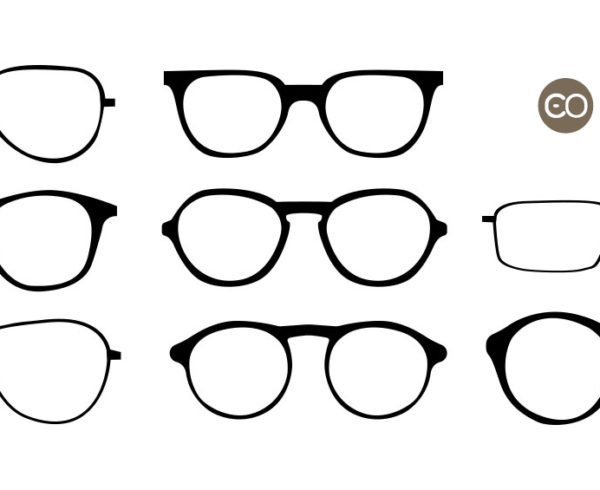

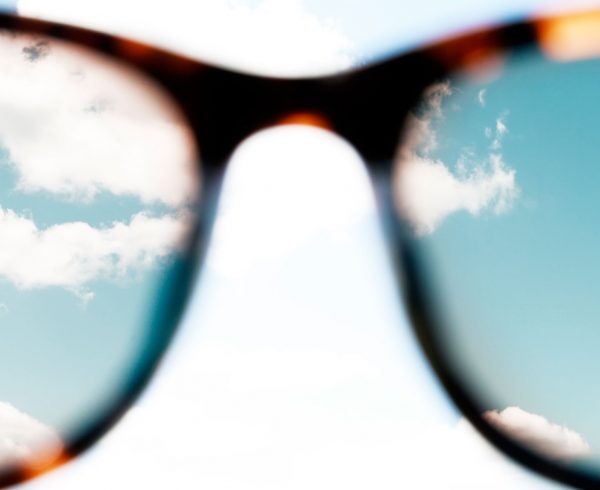
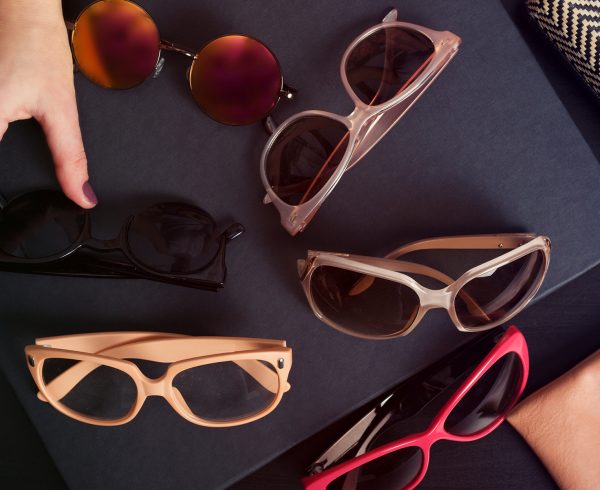
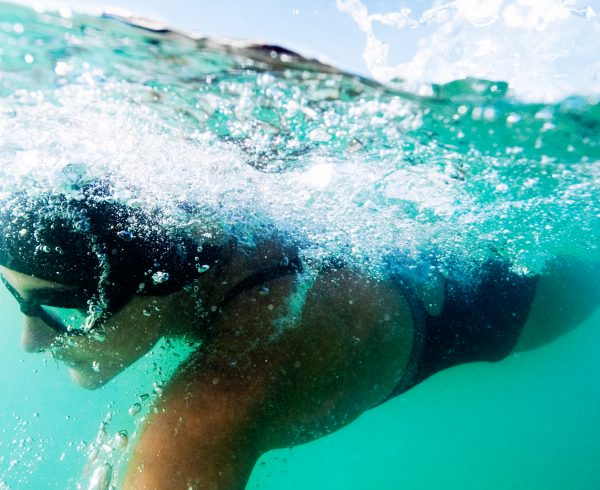
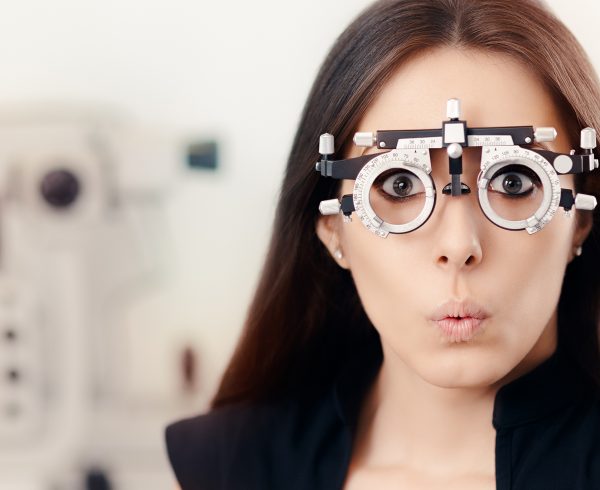

Leave a Comment